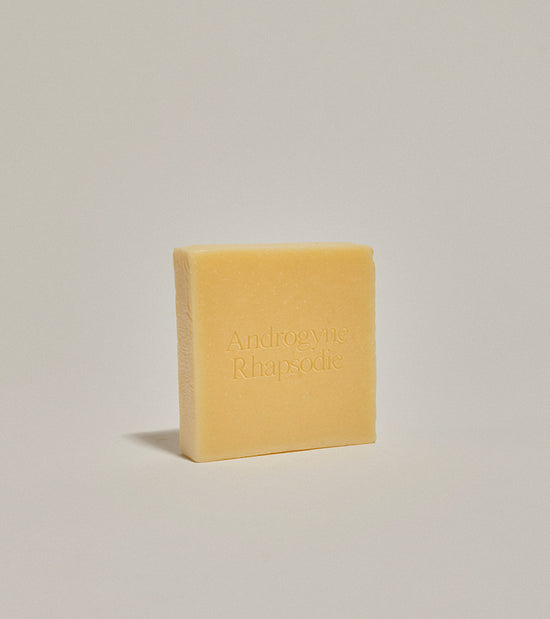Materials are an important part of the conversation in perfumery. Each of the Les Indémodables’ fragrances are constructed around the brand’s Grand Crus ingredients, manufactured by L'atelier français des matières, which was founded by Les Indémodables’ president, Rémi Pluverail. They also exercise transparency in disclosing the percentage for each used in the formula.
The challenge when talking about materials is how we engender an understanding of what this means for people who lack a point of reference for ingredients. Even those branding themselves as experts© can’t seem to distinguish natural vanilla from its synthetic substitute, vanillin.
And outside of platforms like Fragrance Drama, which shares GC/MS analyses of perfumes, none of us have a clear understanding of the percentages used in perfumes, even those in the luxury sector, despite what the brands themselves might be telling us.
But even more critical than the ingredients themselves, is composition. The most beautiful ingredients can be wasted in the hands of a perfumer who doesn’t know how to let them shine properly, which is what perfumer Antoine Lie does in his works for Les Indémodables, ERIS Parfums and Les Abstraits.
Rose de Jamal is a slow seducer. The Moroccan rose at the heart of Rose de Jamal is the deep cardinal red of drawing rooms of Henry James novels, sumptuous and disarming. Its aromatic edges of French lavender and that deliciously piercing, silvery green filigree of Nanah mint create a spacious architecture, which further showcases the depth and drama of Rose de Jamal’s scarlet ruby core. Lie underscores the Moroccan rose absolute with a hefty dose of the milky, murmured, animalic vibrations Moroccan cedar.
Like many of the brands on Sainte Cellier, Les Indémodables is redefining luxury in modern perfumery. Eschewing the cynical and short term tactics of commercial perfumery, which only lead to disappointment, to focus on making products that put the people who buy them first.

